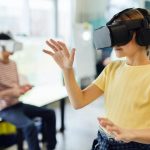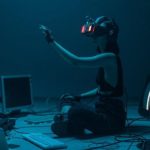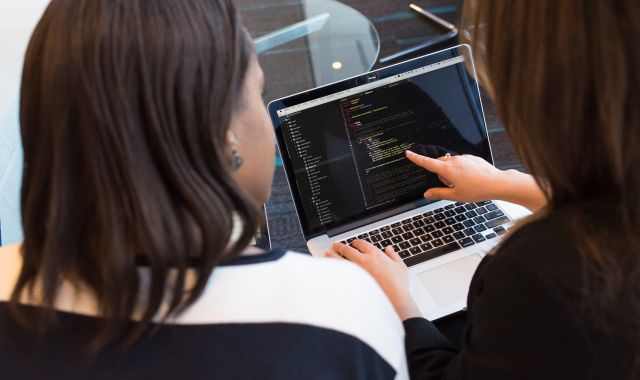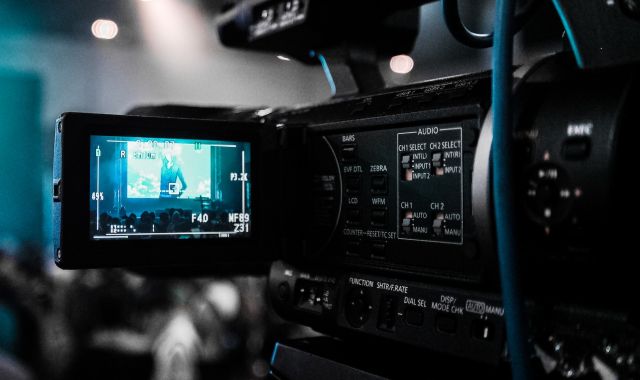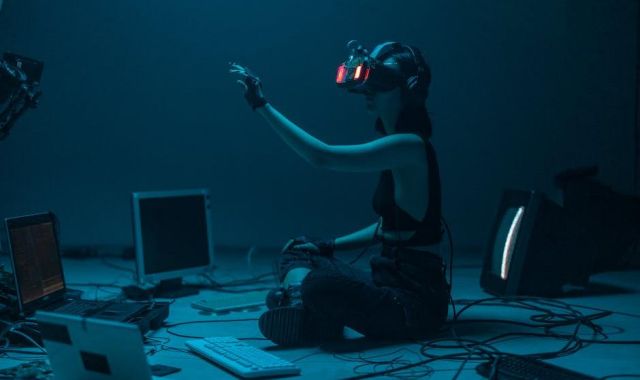
There’s a room at the end of a corridor in a bustling Silicon Valley tech firm, where reality as we know it perceptibly shifts. This is the workspace of a team of engineers and designers, dedicated to creating not just technology, but entire worlds that could be the future – the realm of Virtual Reality (VR) and Augmented Reality (AR).
In the center of the room, a young woman dons a headset, her fingers lightly dancing over a set of sleek hand controls. The room around her is transformed into a breathtaking mountain landscape, a VR-induced illusion so palpable she instinctively reaches out to touch an imaginary dew-kissed leaf.
This is the magic of VR, a technology that creates immersive, computer-generated environments that can be interacted with in a seemingly real way. But there’s more to this technology than just stunning visuals. It’s about pushing the boundaries and exploring ways to make this virtual reality feel as authentic as our own reality.
Over the next few hours, her colleagues join her in this virtual world for a meeting. They’re in different parts of the world, but VR bridges the geographical gap. In this virtual meeting room, they are not just communicating through screens, but are physically present, observing each other’s gestures and expressions, and indulging in brainstorming sessions that feel more personal and immediate.
Across the hall, another team tinkers with AR, another facet of future technology. They are working on an application designed to overlay digital information onto the physical world. On a table lies a mundane coffee cup. With AR glasses on, a man views the same coffee cup. However, the cup now displays a skim of digital data above it, indicating its temperature, caffeine content, and even a reminder to finish it before it cools down.
Both VR and AR are redefining how we interact with digital devices, each creating unique user experiences and reshaping workflows, social structures, and entertainment. Their potential applications are as limitless as the minds creating and utilizing them.
In healthcare, VR is being used to simulate surgeries for training purposes, enabling surgeons to practice without risking a real-life patient. AR is leveling up educational experiences, helping students visualize complex theories and ideas in a more engaging, interactive way.
In the realm of entertainment, VR is creating immersive gaming experiences where players can step into the shoes of their characters. AR is transforming our living rooms into futuristic movie theaters, overlaying digital projections onto our walls, creating a new dimension of movie-watching experience.
These are not experimental, far-off technologies. They are here, now – and their potential is only beginning to be tapped.
The future of technology isn’t about faster processors or larger memory capacity – it’s about changing the way we see and interact with the world. It’s about taking a step further from being passive users of technology, to becoming active participants in digital realms. Virtual and Augmented Reality technologies are leading us to this future, a future where the lines between the physical and the digital blur, creating an integrated, enhanced reality that is more vibrant, engaging, and connected.



